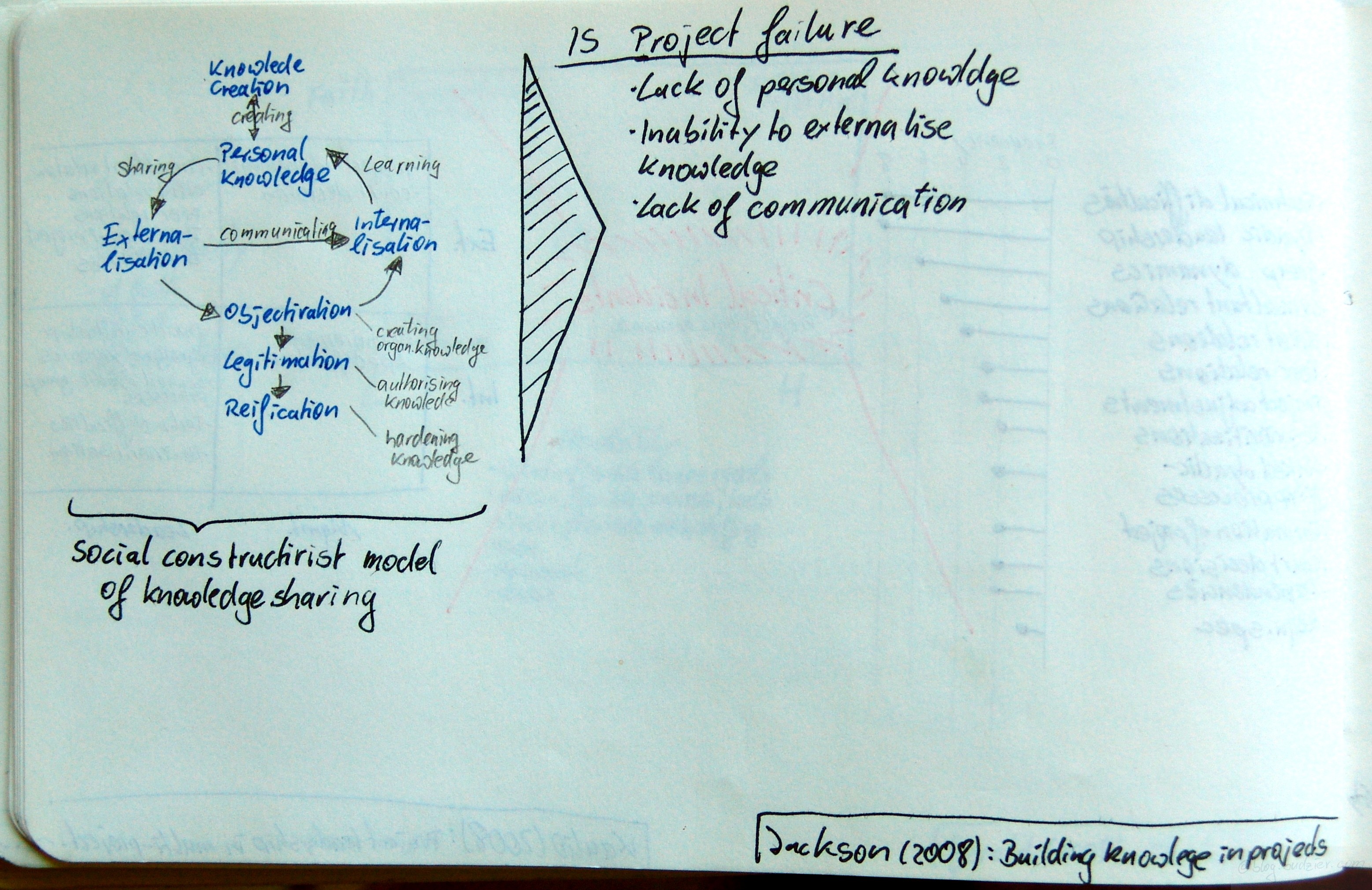[Hot stuff! Not because it is fresh or hot of the press, no but surprisingly "Failed Projects" is the most read category on this blog this year with more than 700 readers, runner-up is "Critical Success Factors" and it is catching up quickly. ]

Hickerson, Thomas B.: Failure at the Speed of Light – Project Escalation and De-escalation in the Software Industry, Master of Arts in Law and Diplomacy Thesis, Tufts University, Medford, Massachusetts, 2006.
http://fletcher.tufts.edu/research/2006/Hickerson.pdf
Hickerson analyses three case studies – (1) California’s Department of Social Securities implementation of the California Automated Child Support System (CACSS), (2) Denver International Airport, and (3) FBI’s Virtual Case File.
Firstly, CACSS was planned and started in 1992, the tender went to Lockheed Martin for $75m with a go-live in December 1995. The whole project was cancelled in 1997 after direct expenses of $100m were incurred. A new version of the system started development in 2000 and finally went live in June 2008 (see this news snippet) and it is online here.
Second case is the Denver International Baggage Handling system. This case is infamous to the extend that it made it on wikipedia, the full GAO report can be found here. In short: BAE won the tender for $193m. The system development had so many problems that in order to open the airport an alternative manual handling system was installed, which came at a price ticket of only $51m; at the time of opening the airport (Feb 1995, 2 years behind schedule anyway) the delays caused by the baggage handling system were estimated to be $360m. Before United axed the system it cost about $1m per month in maintenance.
Third case is the FBI’s Virtual Case File. The project started in 2001, quickly reached the typical 90% complete. After 4 years the solution was replaced by a commercial off the shelf software and another 3 months later the project was cancelled altogether after $607m were spent.
Drawing from Social Justification Theory, Agency Theory, Approach Avoidance Theory Hickerson argues that ‚Internal inadequacies in dealing with external threats‘ was the main reason for the failures. In case of DIA some project factors contributed to the failure such as the investment character of the project, long-term pay-offs, large size of the pay-offs, resources seen as plentiful, setbacks seen as secondary.
Apart from project factors psychological factors contributed to the failure of these cases, e.g., personal responsibility, ego importance, prior success and reinforcement, irreversibility of prior expenditures. Thirdly social factors were responsible, such as the responsibility for failure, norms for consistency, hero effects, public identification with the course of action, and job insecurity. Fourthly, structural factors played a role, e.g., political support, institutionalisation, and bureaucracy.
What were the tipping points that tipped the projects into escalation?
- Change in top management support
- External shocks to the organisation
- Change in project champion
- Organisational tolerance for failure
- Presence of publicly stated resources
- Alternate use of funds
- Awareness of problems
- Visibility of costs
- Clarity of failure & success criteria
- Organisational procedures of decision-making
- Regular evaluation of projects
- Separation of responsibility for approving and evaluation projects
What needs to be done to prevent escalation?
- Strict timeline
- Clear acceptance criteria
- Daily meetings between CIO and Managers
- Adherence to baseline requirements
















